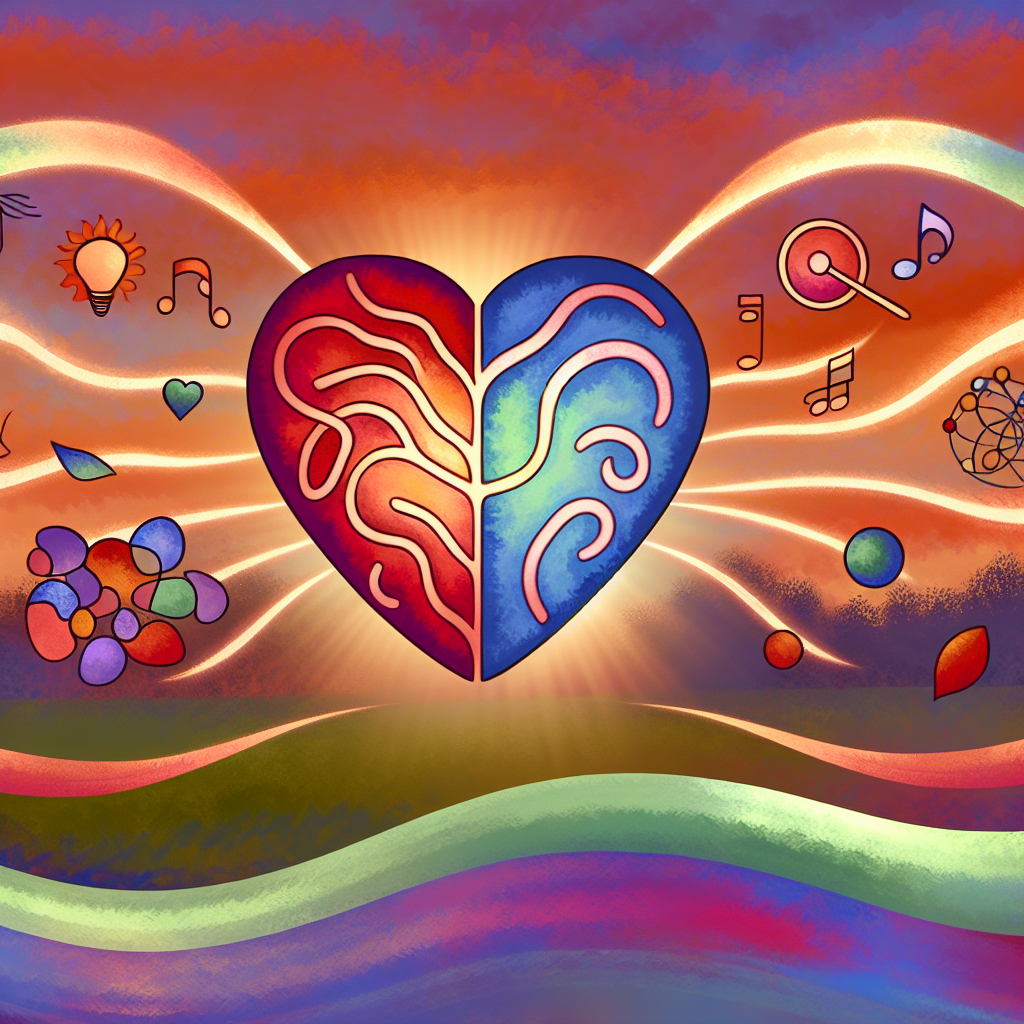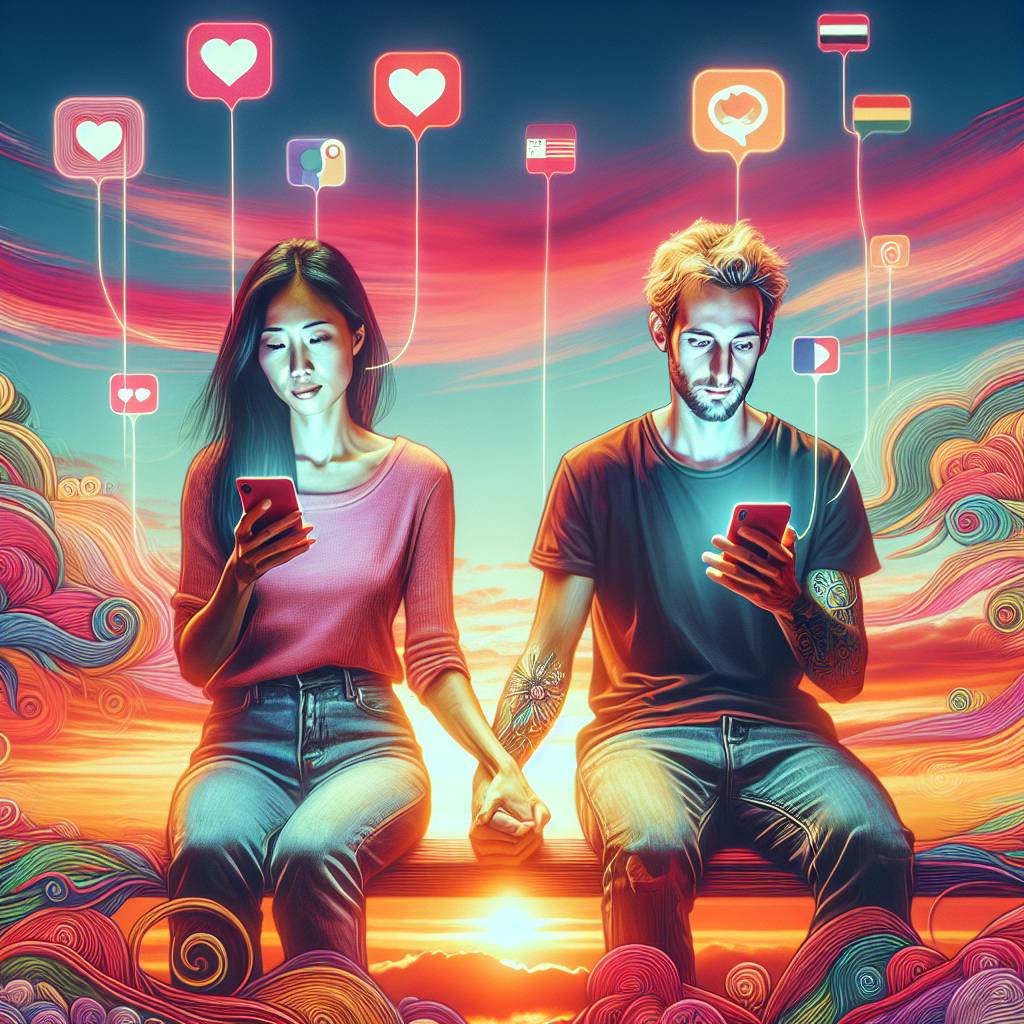# Neurodivergent Dating Dynamics: Communication Strategies for Mixed Neurotype Relationships
Love Across Neurological Differences: Why Mixed Neurotype Relationships Matter
In today’s increasingly inclusive dating landscape, more individuals are exploring relationships that span diverse cognitive and neurological experiences—commonly referred to as mixed neurotype relationships. These partnerships pair neurodivergent individuals—those with autism, ADHD, dyslexia, or other neurological variations—with neurotypical partners, whose cognitive functioning aligns with societal norms. As dating platforms like HitchMe.com help more singles find meaningful connections, the need for awareness, tools, and understanding around these unique dating dynamics has grown exponentially.
Neurodivergent dating isn’t a trend—it’s a reflection of deeper recognition of neurological diversity. While neurodivergent individuals experience the world, relationships, and communication differently, these differences can foster deeply enriching romantic partnerships. Yet, they may also give rise to misunderstandings, particularly when binary perceptions of “right” and “wrong” dominate communication norms.
In a mixed neurotype relationship, one partner may require direct and explicit conversations, while the other could interpret emotional cues in ways that feel confusing or overwhelming. Sensory stimulation, executive function differences, and social signaling disparities can add further complexity.
However, these are not roadblocks. With the right strategies, communication tools, and compassionate curiosity, mixed neurotype couples can not only bridge gaps but also deepen their bond. As dating apps adapt with neuroinclusive features—like profile tags for neurodivergence, sensory preferences, and customizable communication settings—the landscape is becoming more supportive than ever.
Success in mixed neurotype relationships is not about changing each other—it’s about growing together, creating shared understanding, and celebrating the diverse ways love can look, feel, and sound.
Science-Backed Insights on Understanding Each Other Better
Numerous professional and medical studies highlight the value of adaptive communication in mixed neurotype dynamics. One influential concept is the “double empathy problem,” introduced by Dr. Damian Milton in 2012. This theory reframes autism not as a lack of empathy but as a bidirectional gap in understanding—highlighting that both neurotypical and neurodivergent individuals may misread each other’s communication due to fundamentally different perspectives ([Milton, 2012](https://kar.kent.ac.uk/62639/)).
Rather than assuming one side lacks empathy or emotional skill, this model encourages mutual compassion and adaptation. Clinical psychologist Dr. Tony Attwood has extensively discussed the relational challenges faced by individuals with Asperger’s syndrome, emphasizing how neurotypical partners often misinterpret alternative emotional expressions. His approach encourages love languages free from neurotypical bias, rooted in individual cognitive styles ([Attwood, 2007](https://www.tonyattwood.com.au)).
From a therapeutic angle, neurodiverse couples counseling—pioneered by experts like Dr. Lisa Joy Tuttle—offers structured, science-based adaptations that meet both partners’ needs. These include:
– Visual communication aids like charts, icons, or color-coded emotion wheels
– Scheduled emotional check-ins and dedicated “talk time”
– Environmental design that respects sensory sensitivities
– Co-created relationship contracts defining boundaries, expectations, and support systems
According to the 2014 study “Romantic Relationships in Adults with Autism Spectrum Disorders,” satisfaction in mixed neurotype relationships is strongly linked to three factors: communication transparency, emotional availability, and predictability ([Müller et al., 2014](https://link.springer.com/article/10.1007/s10803-014-2177-2)).
Real-World Tech Changes Reflecting Neurodiverse Love
As recognition grows, dating platforms are answering the call for inclusivity. Apps like Hiki, designed specifically for the autism community, prioritize clarity, emotional safety, and customization. Hiki allows users to self-identify with neurotypes, set communication preferences, and match based on sensory and social compatibility—all of which help minimize misunderstanding and foster confidence from the very start ([Hiki](https://www.hikiapp.com/)).
Even mainstream platforms like HitchMe.com have begun offering neurodiversity-friendly features—like optional direct messaging prompts, sensory profiles, and informative content on neurodivergent communication—to help couples engage more effectively and empathetically.
This evolution speaks volumes: relationships shaped by neurological diversity aren’t fringe—they’re at the forefront of how we expand our definitions and expressions of love.
Actionable Communication Strategies That Build Connection
Mixed neurotype couples thrive when they adopt communication methods that honor both partners’ neurological styles. Here are proven strategies informed by clinical research and practical application:
– ✅ Use clear, direct language instead of abstract cues or assumptions
– ✅ Establish regular, scheduled talk times for emotional check-ins
– ✅ Consider sensory needs when planning dates, shared spaces, or routines
– ✅ Set joint expectations for social interactions, intimacy, and boundaries
– ✅ Implement visual communication tools like emotion wheels or “mood meters”
– ✅ Allow for processing time—give grace, not pressure, in emotionally intense moments
– ✅ Create structured feedback systems so both partners feel heard and respected
These communication strategies are not one-size-fits-all—but when implemented with kindness, they can bring immense clarity, intimacy, and emotional safety to couples navigating mixed neurotype dynamics.
Final Thoughts: Different Doesn’t Mean Distant—It Means Dynamic
Mixed neurotype relationships have the power to be beautifully enriching, full of discovery, emotional depth, and creativity. When viewed through a lens of mutual respect and adaptive communication, these partnerships shine.
Understanding that communication differences aren’t deficits—but rather diverse expressions of emotional connection—can transform challenges into strengths. With empathy, structure, and intentional effort, neurodivergent and neurotypical partners don’t just make it work—they thrive.
In a world where love is as diverse as the minds who share it, mixed neurotype couples are leading the way toward compassion, authenticity, and deeper human connection.
### References
– Milton, Damian (2012). [“On the ontological status of autism: the ‘double empathy problem'”](https://kar.kent.ac.uk/62639/)
– Müller, Eva et al. (2014). [“Romantic Relationships in Adults with Autism Spectrum Disorders”](https://link.springer.com/article/10.1007/s10803-014-2177-2), Journal of Autism and Developmental Disorders.
– Attwood, Tony. (2007). [The Complete Guide to Asperger’s Syndrome](https://www.tonyattwood.com.au), Jessica Kingsley Publishers.
– Hiki – [Dating and Friendship App for Autistic Individuals](https://www.hikiapp.com/)
– Tuttle, Lisa Joy. [“Neurodiverse Couples Counseling”](https://www.lisajoytuttle.com/neurodiverse-couples-training.html)
Concise Summary:
This blog post explores the unique dynamics and communication strategies for mixed neurotype relationships, where one partner is neurodivergent (e.g., autistic, ADHD) and the other is neurotypical. It highlights the importance of mutual understanding, adaptive communication tools, and compassionate curiosity in fostering successful and fulfilling partnerships across neurological differences. The article provides science-backed insights, practical tips, and real-world examples of how the dating landscape is becoming more inclusive and supportive of neurodiverse love.

Dominic E. is a passionate filmmaker navigating the exciting intersection of art and science. By day, he delves into the complexities of the human body as a full-time medical writer, meticulously translating intricate medical concepts into accessible and engaging narratives. By night, he explores the boundless realm of cinematic storytelling, crafting narratives that evoke emotion and challenge perspectives. Film Student and Full-time Medical Writer for ContentVendor.com




